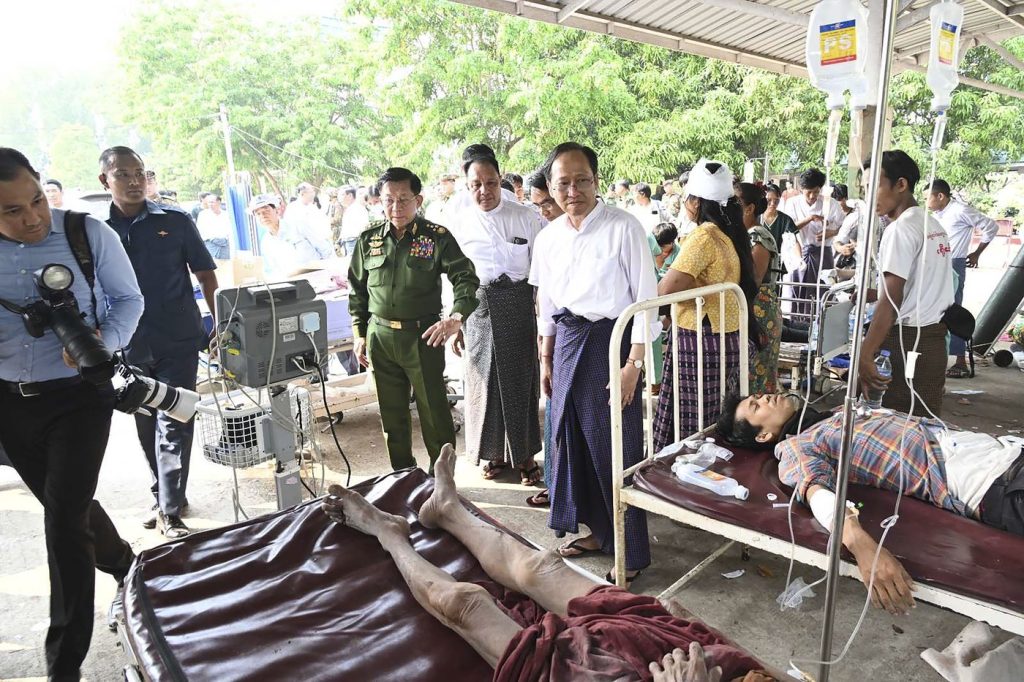BANGKOK (AP) - The death toll from a devastating earthquake measuring 7.7 in magnitude that struck Myanmar has increased significantly, with the government reporting nearly 700 fatalities. According to state-run television MRTV, the confirmed death count currently stands at 694, with an additional 1,670 people injured due to the disaster. Furthermore, 68 individuals are reported to be missing. These figures were also corroborated by the independent news outlet, The Irrawaddy.
The earthquake hit at midday on Friday, March 28, 2025, with its epicenter located near Mandalay, Myanmar's second-largest city. The quake resulted in severe damage, causing many buildings to collapse and leading to widespread destruction across various regions. The existing humanitarian crisis in Myanmar, exacerbated by an ongoing and violent civil war, has made it particularly difficult and perilous to navigate the country and deliver relief effectively.
In a rare televised address, Senior General Min Aung Hlaing, the leader of Myanmar's military government, acknowledged the rising death toll, indicating it was expected to increase from an initial report of 144 deaths. The scale of the tragedy further emphasizes the challenges faced by the nation as it grapples with both the natural disaster and the ongoing conflict.
The earthquake's impact extended beyond Myanmar's borders, shaking neighboring Thailand as well. In Thailand, the quake resulted in six fatalities and 26 injuries at three construction sites, including one high-rise that partially collapsed. As of Saturday, authorities reported that 47 additional individuals were still unaccounted for, further complicating the rescue efforts in the region.
The aftermath of the earthquake has heightened the urgency for immediate humanitarian assistance and relief operations, though the ongoing civil conflict in Myanmar poses significant obstacles. Access to affected areas is limited, and the unstable security situation further complicates the distribution of aid to those in need.
This catastrophic event serves as a sobering reminder of the vulnerability of regions prone to seismic activity, particularly in areas already dealing with humanitarian crises. The humanitarian community now faces an uphill battle to provide relief and recovery services while navigating the complexities of the existing conflict in Myanmar.
The devastating consequences of this earthquake will likely lead to a reevaluation of disaster preparedness and response strategies in affected countries. Local authorities and international organizations will need to assess the damages and coordinate effectively to ensure that the necessary support reaches those impacted as swiftly as possible.










